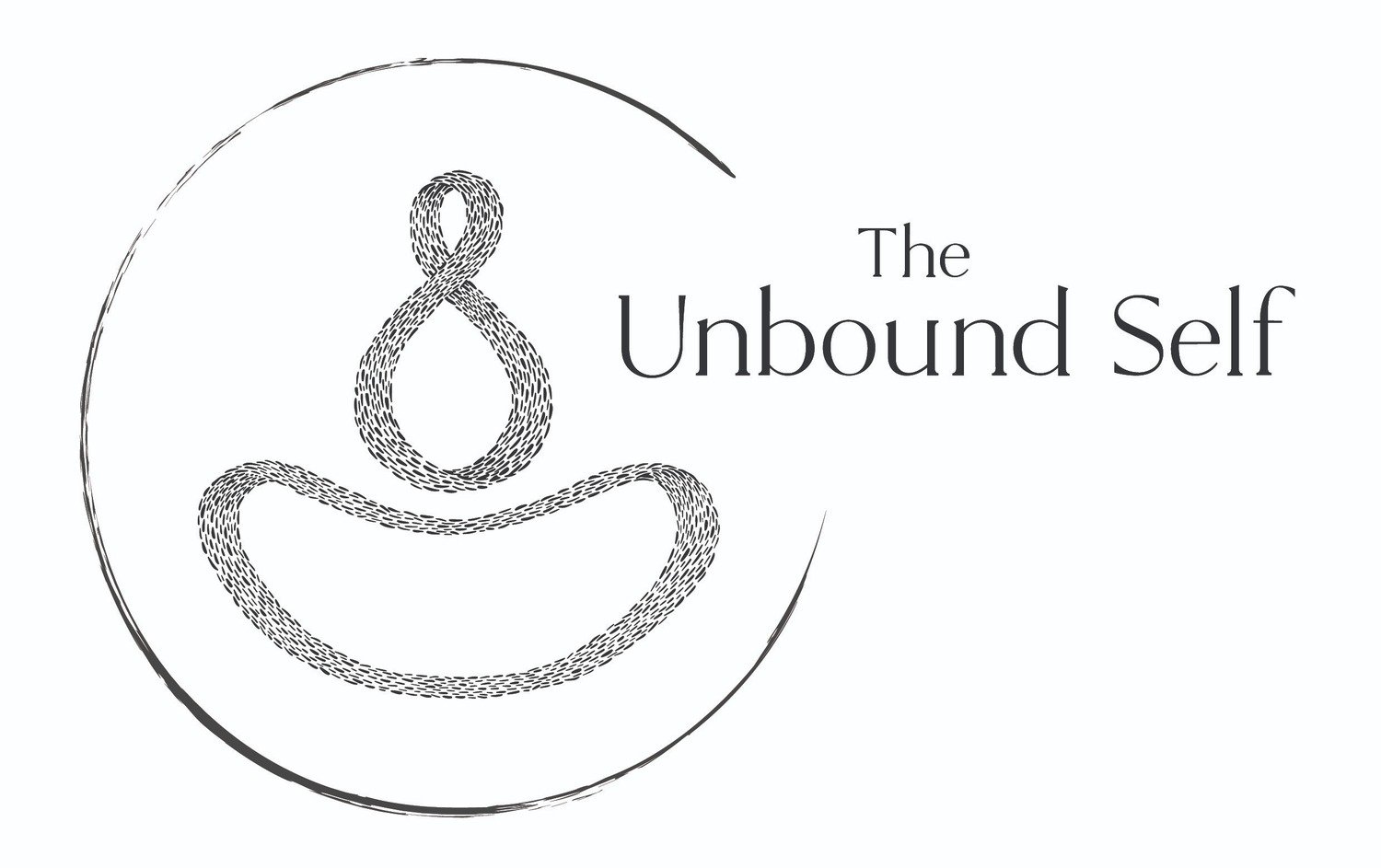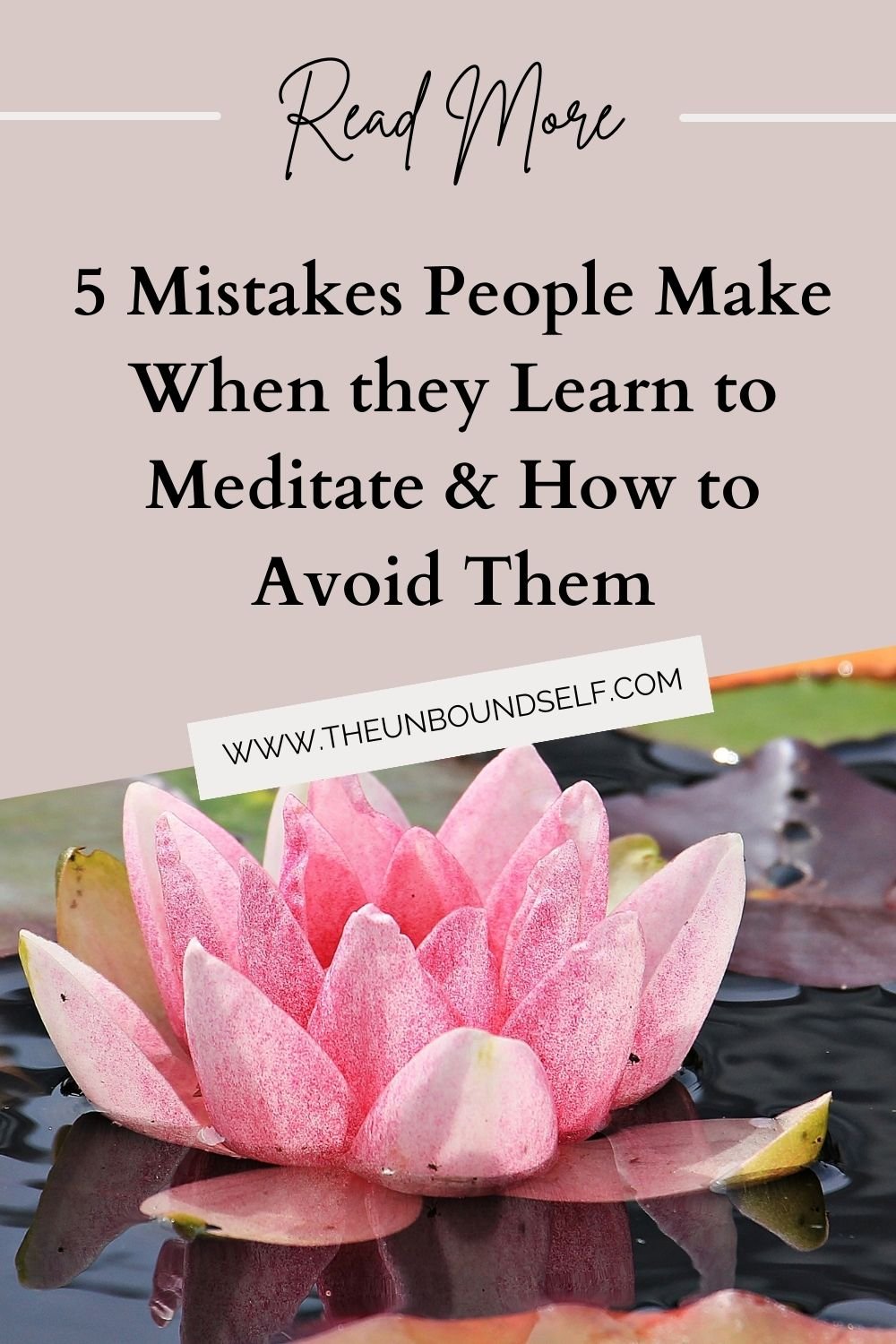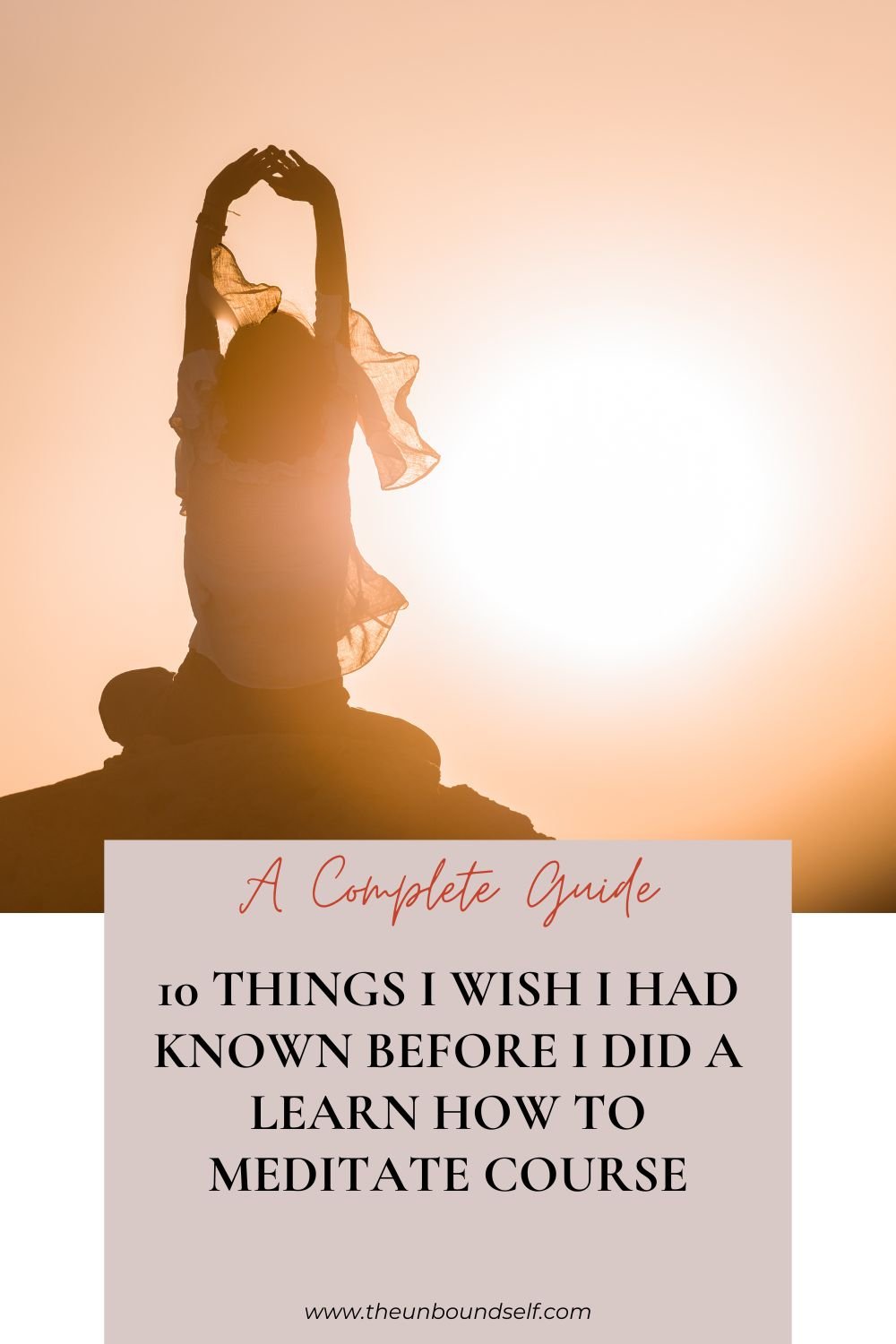Walking Meditation Guide: Learn how to Meditate While Walking
What if you could transform your daily walks into peaceful, meditative journeys? Whether you're an experienced meditator looking to diversify your practice or a beginner seeking a gentle introduction to meditation, meditative walking can be your gateway to a more tranquil and balanced life.
What is a Walking Meditation?
Well let’s first start by establishing what meditation is. Meditation is a simple process that we engage our minds in. A walking meditation is therefore a simple process that we engage our minds in while we are walking.
Walking meditation is a practice where we can invite in presence and reverence while in the act of walking.
Many of us typically walk solely to reach our destination. However, envision a scenario in which we are journeying towards a sacred place. In such a context, we would approach our journey with a state of calmness, taking each step with a deep sense of reverence and intention.
What if we treated walking as a sacred way of moving across our beautiful Earth? What if each step we took was taken with care, intention and presence? What if we could use each step as a way to ground and nourish ourselves?
How to Meditate while Walking
There are certainly many different ways we can begin a practice of walking meditation. Below I will go through a few different methods. There is not really a right or wrong, and walking meditation is up for you to experiment with.
Step 1: Decide on your route.
You have a few different options here. You could simply
- Intentionally pre-plan the route you would like to take
- Decide in advance how long you would like to walk for
- Or do neither of those things and allow your intuition to simply guide you. Have the intention to aimlessly wander allowing your intuition to guide you - rather than your mind.
Step 2: Decide on your anchor
Earlier I defined meditation as “a simple process that we engage our minds in”. Before entering into a walking meditation, you must first establish what your anchor will be for the duration of your walk. Your anchor is your place of awanress, it is something you choose and you will intentionally place your awareness there.
An anchor in walking meditation could be:
The sensation of each foot touching the earth with each step (this is my favourite anchor during a walking meditation).
Your breath. This could be the sensation of your breath on your nose, the sensation of your chest rising and falling, or your belly moving with your breath.
Sounds. You could place your awareness on a single sound, like the nearby traffic, or on all sounds in general. With this anchor, you are listening to the sound vibrations as they reach your ears.
A colour: You could simply pick a colour before your walk and make an intention to notice that colour throughout the duration of your walk.
Smells. Placing your awanress on any smells that reach your nose as you walk.
Feeling the air on your skin.
Step 3: Begin your walk
As you are on your walk, you will place your awareness on your anchor. You are just choosing 1 anchor (one place of awareness). Please keep in mind that the purpose of your anchor is not to stop your mind or to still your thoughts. You are not intensely focusing or concentrating on your anchor. You are simply lightly placing your awareness on it.
You can expect that your mind will wander onto other things. This is perfectly normal and expected. When you happen to realise that your mind is no longer on your anchor at all, gently bring it back to your anchor in a very easy, lazy and effortless way - without any judgment, worry or concern.
Step 4: End of your walking meditation
When you arrive to the end of your walking meditation, take a minute or two for reflection.
How did you feel during your walk? What came up for you?
Did you find parts of the walk pleasant? Did you find any parts difficult or unpleasant?
What were your thoughts like during your meditation?
How do you feel after your walking meditation?
10 Benefits of “Walking Meditation”
Walking meditations offer several scientific benefits that can positively impact both physical and mental well-being. These benefits have been studied and documented in various scientific research and literature. Here are some of the key scientific benefits of doing walking meditations:
Stress Reduction: Walking meditations can help reduce stress levels by promoting relaxation and mindfulness. Studies have shown that mindfulness practices, including walking meditation, can lead to decreased levels of the stress hormone cortisol, helping individuals better manage their stress.
Improved Mood: Engaging in walking meditations has been associated with improved mood and reduced symptoms of anxiety and depression. The combination of physical activity and mindfulness can boost the release of endorphins, which are natural mood lifters.
Enhanced Cognitive Function: Walking meditations can improve cognitive function, including attention and memory. Regular practice has been linked to increased brain activity in areas related to attention and concentration.
Better Sleep: Practicing walking meditation can contribute to better sleep quality. It can help individuals relax before bedtime, reducing insomnia and improving sleep patterns.
Increased Physical Activity: Walking meditations involve gentle physical activity, which can help individuals meet recommended daily exercise guidelines. Regular walking meditation can improve cardiovascular health, strengthen muscles, and enhance overall physical fitness.
Mind-Body Connection: Walking meditations promote a strong mind-body connection by encouraging individuals to be fully present in the moment and pay attention to their bodily sensations. This awareness can lead to better self-regulation of emotions and physical sensations.
Stress Hormone Regulation: Research suggests that walking meditations can regulate the body's stress response by lowering blood pressure and reducing the production of stress-related hormones, which can have long-term health benefits.
Pain Management: Walking meditations have been used as a complementary therapy for managing chronic pain conditions. They can help individuals develop a greater tolerance for discomfort and improve their pain perception.
Enhanced Creativity: Some studies have indicated that walking meditations can enhance creative thinking and problem-solving skills. The combination of physical movement and mindfulness can stimulate creativity and innovative thinking.
Social Connection: Group walking meditations can foster a sense of community and social connection, which has been shown to have positive effects on mental and emotional well-being.
It's important to note that the scientific research on walking meditations is ongoing, and while there is a growing body of evidence supporting these benefits, individual experiences may vary. To reap the full benefits, it's recommended to incorporate walking meditation into a regular mindfulness practice and adapt it to your personal preferences and needs.
And that’s all I have for today on the topic of walking meditations. If you are interested in beginning walking as a form of meditation, I recommend it not be a substitute for a regular meditation practice. Allow your walking meditation to be an addition. If you are feeling called to learn how to meditate, I offer a pretty in-depth course on this and you can find more details here. The meditation technique I teach is Effortless Meditation. If you aren’t feeling quite ready to jump into a course, check out my guided meditations - they use the same technique and there is an instructional video included.
Thanks for reading, Sammy x
Hello and Welcome!
I’m Sammy, a compassionate meditation teacher and devoted yogi. Through transforming my own trauma into light, my mission is to carve the path for others to do the same.
I teach courses on how to meditate and to heal through meditation. I also guide people through private meditation journeys.
Feel free to contact me HERE
hello@theunboundself.com
My Offerings
Are you interested in becoming a Meditation Teacher?
I can give you some great recommendations along with a rad discount on my favourite company that offers accredited
Meditation Teacher Training.
The Meditation Teacher Training courses that I can recommend are truly phenomenal.































